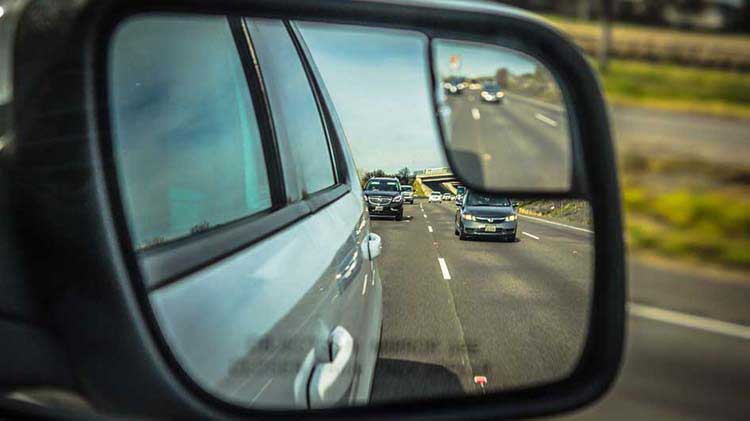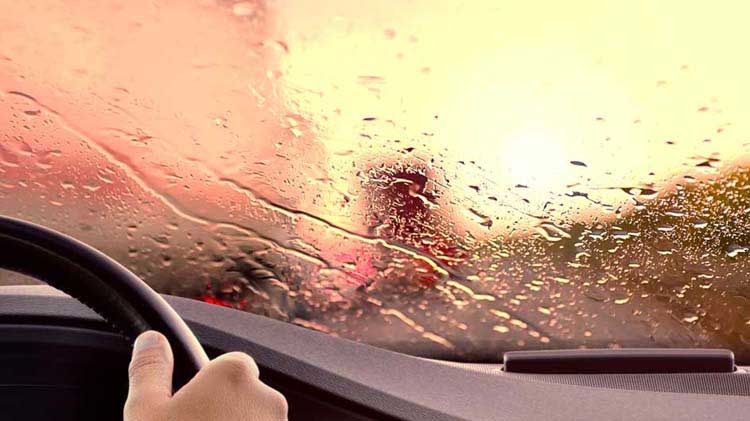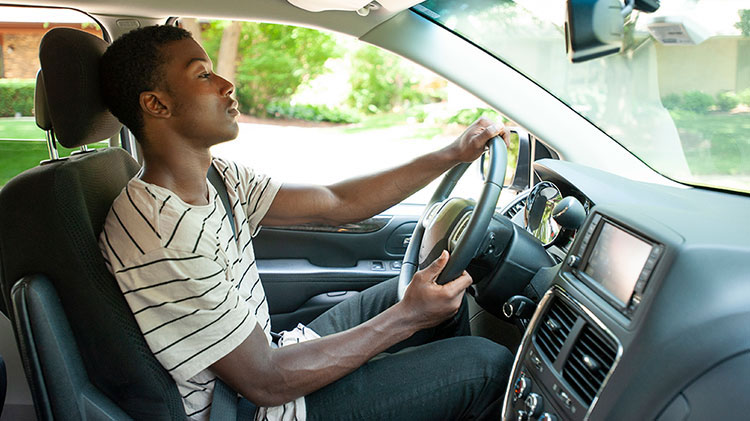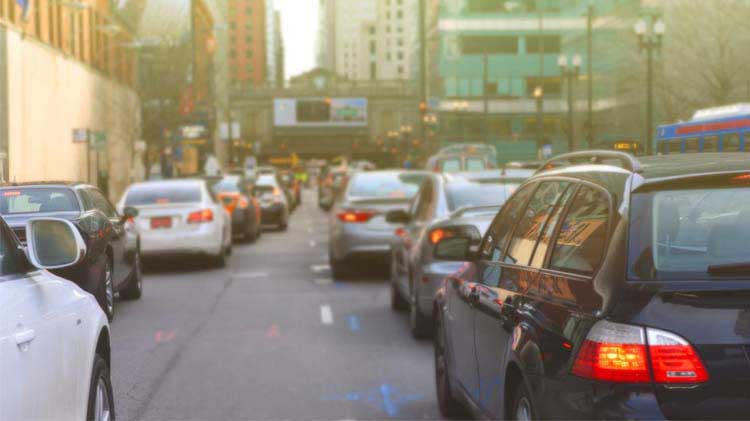How to merge onto the highway
Travelers should drive defensively and take precautions to help prevent merging accidents.
Who has the right of way when merging onto the freeway? The cars already driving on the freeway have the right of way, so if you are merging then you must yield.
Try not to make assumptions about other drivers’ actions; they might surprise you. For example, if you’re; trying to merge to avoid a traffic jam, don’t assume others will make space for you. Unexpected things happen on the road, so try to be prepared and consider these freeway merging tips.
How to merge into traffic safely
- Match speed. Adjust your speed to match the flow of traffic before merging.
- Yield and proceed. Yield to freeway traffic, avoiding unnecessary stops.
- Find a gap. Identify a safe three- to four-second gap in traffic and the vehicle you intend to follow.
- Look for cues. Merge if the car behind you slows down; they may signal to let you in.
- Check surroundings. Check for nearby cars and blind spots before merging.
- Signal early. Use turn signals 100 to 300 feet before merging or changing lanes.
- Observe lane markings. Wait for the solid line to end before merging, as it indicates that lane changes are prohibited.
Other merging traffic reminders
- Cross traffic one lane at a time. Drive defensively and be aware of other vehicles when changing lanes.
- Be prepared to exit. As you approach your exit, safely maneuver your car across lanes to the appropriate exit lane early.
- Maintain a safe speed. Generally, keep up with the flow of traffic. Adjust your speed for weather, road conditions and the exit ramp design.
- Pass with care. Pass in the left lane and return to your lane when the passed vehicle is visible in your rearview mirror.
- Increase distance when passing larger vehicles. When passing larger vehicles, maintain a greater distance to the left before moving back into your lane.
- Check mirrors and blind spots when changing lanes. Commercial vehicle drivers should use their side and blind-spot mirrors before changing lanes, as some commercial vehicles lack a rearview mirror.
- Yield to emergency vehicles. Always make room for emergency vehicles with sirens and flashing lights. Move to the far lane on either side to clear a path for them.
Types of merging
Zipper merge
When road work or accidents necessitate lane closures, zipper merging can be a safe and efficient way to manage traffic flow. This method, also known as “joint lane merging,” involves drivers using both lanes until they reach the designated merge area, at which point they alternate merging into the open lane in a zipper-like fashion. Zipper merging helps reduce unexpected and dangerous lane switching, as well as traffic back up.
Early merge
Early merging is a traditional merging method where vehicles merging into an open lane depend on the courtesy of drivers already in that lane to let them in. This reliance on yielding can cause traffic backups when not executed correctly.
To wrap it up
Lane changes, when done properly, may significantly reduce accidents, deaths and injuries. Safe driving involves knowing and following your state's laws regarding lane changes in areas such as intersections, bridges and no-passing zones. Contact your state's driver licensing agency or reference additional resources for more information on safe-driving practices.
The information in this article was obtained from various sources not associated with State Farm® (including State Farm Mutual Automobile Insurance Company and its subsidiaries and affiliates). While we believe it to be reliable and accurate, we do not warrant the accuracy or reliability of the information. State Farm is not responsible for, and does not endorse or approve, either implicitly or explicitly, the content of any third party sites that might be hyperlinked from this page. The information is not intended to replace manuals, instructions or information provided by a manufacturer or the advice of a qualified professional, or to affect coverage under any applicable insurance policy. These suggestions are not a complete list of every loss control measure. State Farm makes no guarantees of results from use of this information.




